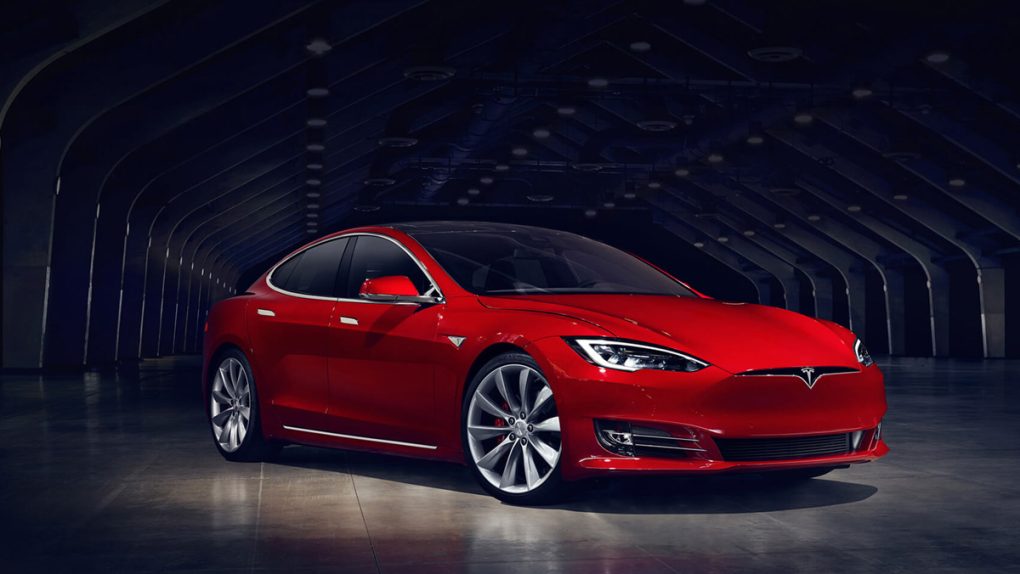Back in the day, if a car reached 100,000 miles it was probably a reliable sign that it was time to trade it in and get a new vehicle. These days, the 100,000 mile threshold is much less of an issue thanks to numerous advances in engineering, automotive technologies and materials. In fact, these days it’s not unheard of to see cars with 200,000 miles still chugging along.
While that may hold true for gas-powered vehicles, a lot less is known about what happens when electric cars put on hundreds of thousands of miles. Of course, this is largely due to the fact that mass-market EVs are a relatively new phenomenon given that the Tesla Model S wasn’t even available until June of 2012.
DON’T MISS: Yup, now the iPhone 7 is exploding
There is, however, a Model S unit that has impressively amassed more than 200,000 miles, all in less than 2 years, believe it or not. As it turns out, there’s a company called Tesloop that takes passengers back and forth between Los Angeles and Las Vegas in a Tesla Model S. And not too long ago, the first car in its fleet finally reached the 200,000 milestone.
Curious as to how a Model S holds up after 200,000 miles, Kristen Hall-Geisler of TechCrunch called up the company to get the lowdown on how well Tesla’s primary money-maker withstands thousands of miles of hard road driving.
What’s particularly interesting, according to Tesloop, is that the Model S’ battery didn’t experience the type of degradation one commonly associates or expects with lithium ion batteries. In fact, Rahul Sonnad of Tesloop said that the battery on the company’s Model S workhorse only degraded by 6%.
Of course, that’s not to say that there aren’t any problems.
Then, just as the car hit 200,000 miles, the range estimator became inaccurate. Though the car didn’t actually lose any range, the estimator would say it could go another ten miles—and then power down. Tesla looked into the issue, and told Tesloop that there’s a battery chemistry state that high-mileage cars go into, and the software isn’t properly compensating for that change. There will be a firmware update in three months that will take care of the discrepancy, but Tesla just replaced the battery to solve the problem. “We got our 6% range back with the new battery,” Sonnad said with a laugh. “But had the firmware been updated, we’d be fine and plugging along.”
Make sure to hit the source link below for the full rundown of what happens to a Tesla Model S once it hits 200,000 miles on the odometer. Again, because electric vehicles are still relatively new, we’re essentially in uncharted waters when it comes to seeing how well they hold up to either aggressive or prolonged usage.








